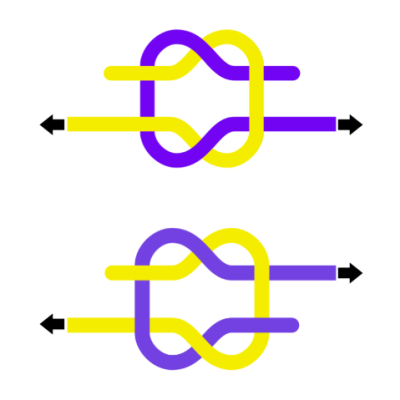There was a time when making a cloud chamber with dry ice and alcohol was one of those ‘rite of passage’ type science projects every nerdy child did. That time may or may not be passed, but we doubt many children are making cloud chambers quite like [Curious Scientist]’s 20 cm x 20 cm Peltier-powered desktop unit.
The dimensions were dictated by the size of the off-the-shelf display case which serves as the chamber, but conveniently enough also allows emplacement of four TEC2-19006 Peltier cooling modules. These are actually “stacked” modules, containing two thermoelectric elements in series — a good thing, since the heat delta required to make a cloud chamber is too great for a single element. Using a single-piece two stage module simplifies the build considerably compared to stacking elements manually.
To carry away all that heat, [Curious Scientist] first tried heatpipe-based CPU coolers, but moved on to CPU water blocks for a quieter, more efficient solution. Using desktop coolers means almost every part here is off the shelf, and it all combines to work as well as we remember the dry-ice version. Like that childhood experiment, there doesn’t seem to be any provision for recycling the condensed alcohol, so eventually the machine will peter out after enough vapor is condensed.
This style of detector isn’t terribly sensitive and so needs to be “seeded” with spicy rocks to see anything interesting, unless an external electric field is applied to encourage nucleation around weaker ion trails. Right now [Curious Scientist] is doing that by rubbing the glass with microfiber to add some static electricity, but if there’s another version, it will have a more hands-off solution.
We’ve seen Peltier-Powered cloud chambers before (albeit without PC parts), but the “dry ice and alcohol” hack is still a going concern. If even that’s too much effort, you could just go make a cup of tea, and watch very, very carefully.
Continue reading “Desk Top Peltier-Powered Cloud Chamber Uses Desktop Parts”


















